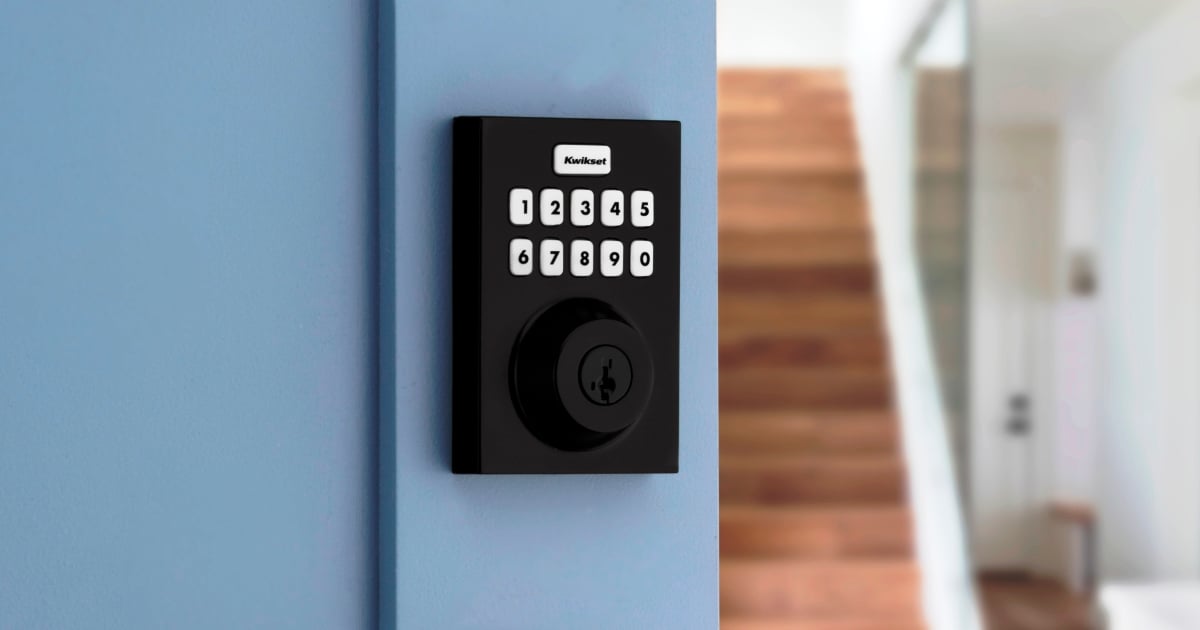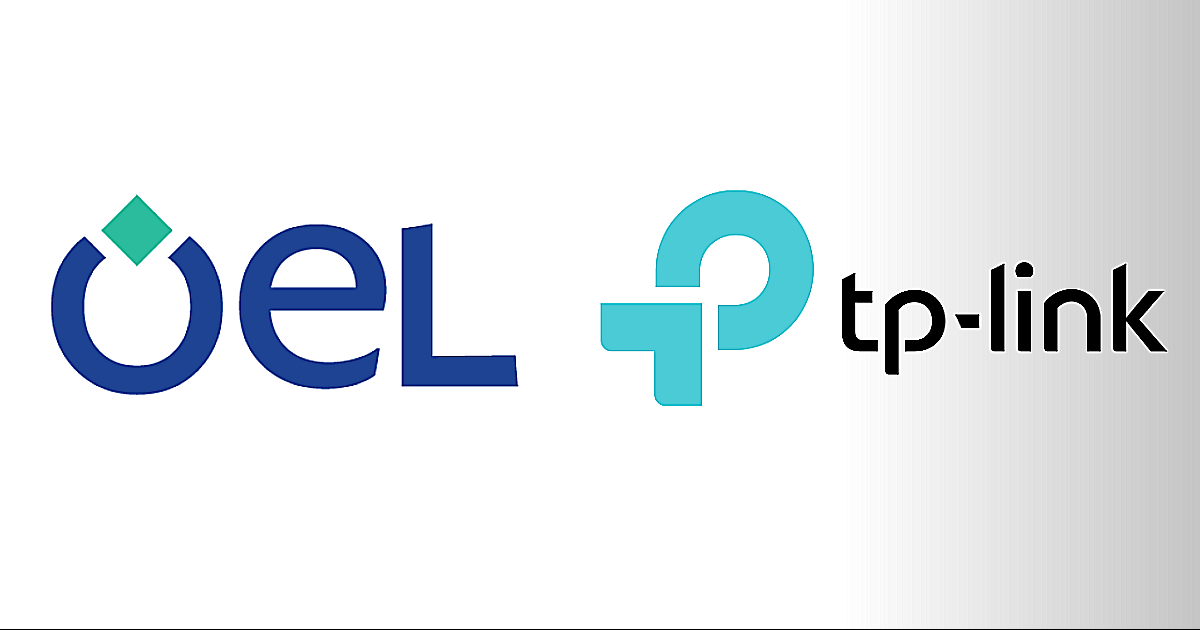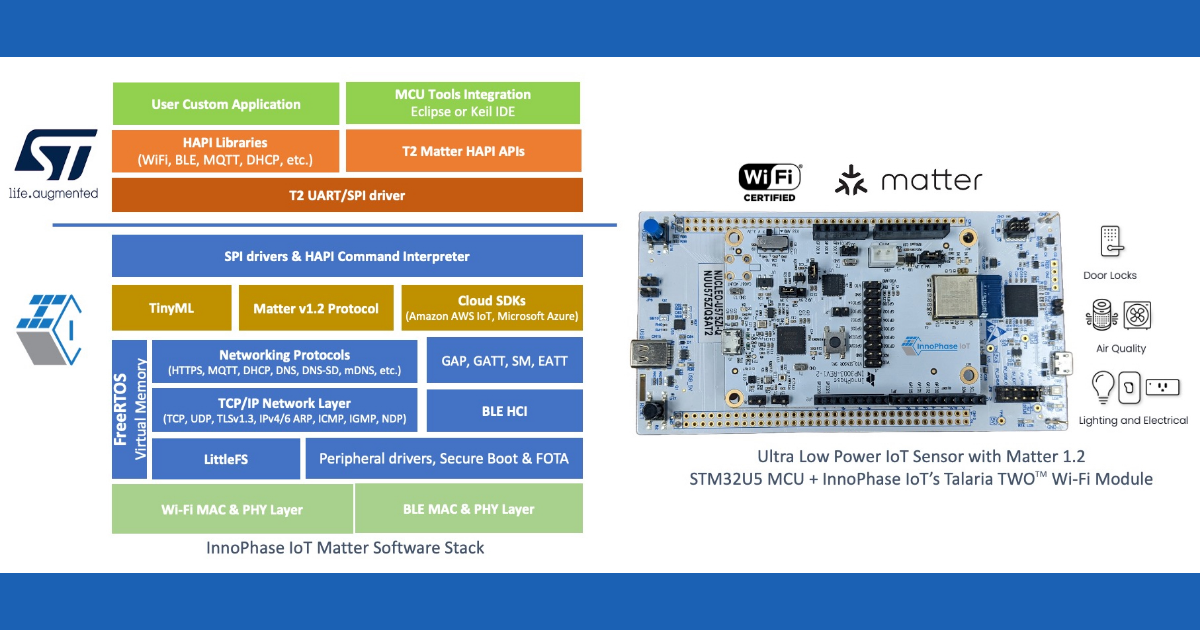There are an ever-growing number of analyst reports sizing the market opportunity for companies in the IoT. They may disagree on the numbers but all of them predict that the IoT is a huge growth area. Everything from battery-powered toys, to the light switch on the wall, our cars and even the traffic lights as we journey to the office, is becoming IP addressable.
Like all new markets, there are different views on how the IoT will deliver the vision of the smart home, but few will argue that the data sent to and generated by connected devices is the game changer. The phrase “data is the new oil” is a useful metaphor that’s becoming more widely used. When we have trillions of connected devices generating real-time information, we are clearly in the land of Big Data. It will be like panning for gold in a mudslide; the challenge will be refining the data to deliver meaningful insights that fuel new growth.
In the mass consumer market, early startups like Nest seized the opportunity to use the IoT and connectivity to reinvent the traditional thermostat, and others are trying to emulate their success with everything from doorbells to light switches. In just four years, the big retailers like Lowe’s and Home Depot have created new categories and now offer dozens of smart devices in stores. Connectivity is already starting to reshape consumer expectations and the way they view and interact with their home.
In the IoT era, the sale of a device will not be driven by the physical attributes such as the number of buttons enabling features; sales will be driven by design, the mobile user interface, the features and services enabled by connectivity, and interoperability. This change in consumer expectations will push many industries to make a fundamental shift from selling product for margin to selling services for value.
The basics of good business will not change, but the way industries deliver value will be very different. The user experience, features and services are obviously critical to success in a connected world. Early entrants have done great work to create mobile interfaces that have the ‘wow’ factor that encourages consumers to show their new device to friends and neighbors. The novelty of a connected device has driven sales so far, but the market is quickly moving to a time when interoperability will be increasingly important.
Consumers will move from wanting a smart device that is a single device controlled by a single app, towards wanting a smart home. A smart home is very different—this is a variety of smart devices talking to each other and executing commands independent of the user. Interoperability will make homes safer, more efficient and easier to manage. This means the vision of the smart home will be realized when we have smart devices that work to open standards so Cloud platforms can stitch them all together to build ecosystems. These new Cloud platforms will fill a new role in the market as Aggregators.
Aggregators will be companies that can take data from all the devices in the home and mash it with other external inputs to give consumers a complete bundle of services through a single user experience. Device manufacturers are not able to fill this role easily because they have competitive challenges and commercial issues. For example, it’s hard to see the day when Samsung would allow all the data from their appliances to be routed to the LG Cloud platform. Consequently, these new Aggregators will be device agnostic and fill a gap in the market by offering both consumers and channel partners managed services.
There are some early movers using the Cloud to deliver aggregation. In an effort to move from offering smart devices to delivering a smart home, major brands like Lowe’s, Comcast, Time Warner, AT&T and others have Cloud platforms at the heart of their new IoT businesses. Others, like Home Depot, Best Buy and many leading insurance companies, have taken a less ambitious approach by simply reselling smart devices for margin. Selling the smart home is more ambitious and challenging than selling smart devices, yet it will ultimately deliver the best strategic growth because it’s what customers will want.
Edited by
Ken Briodagh





